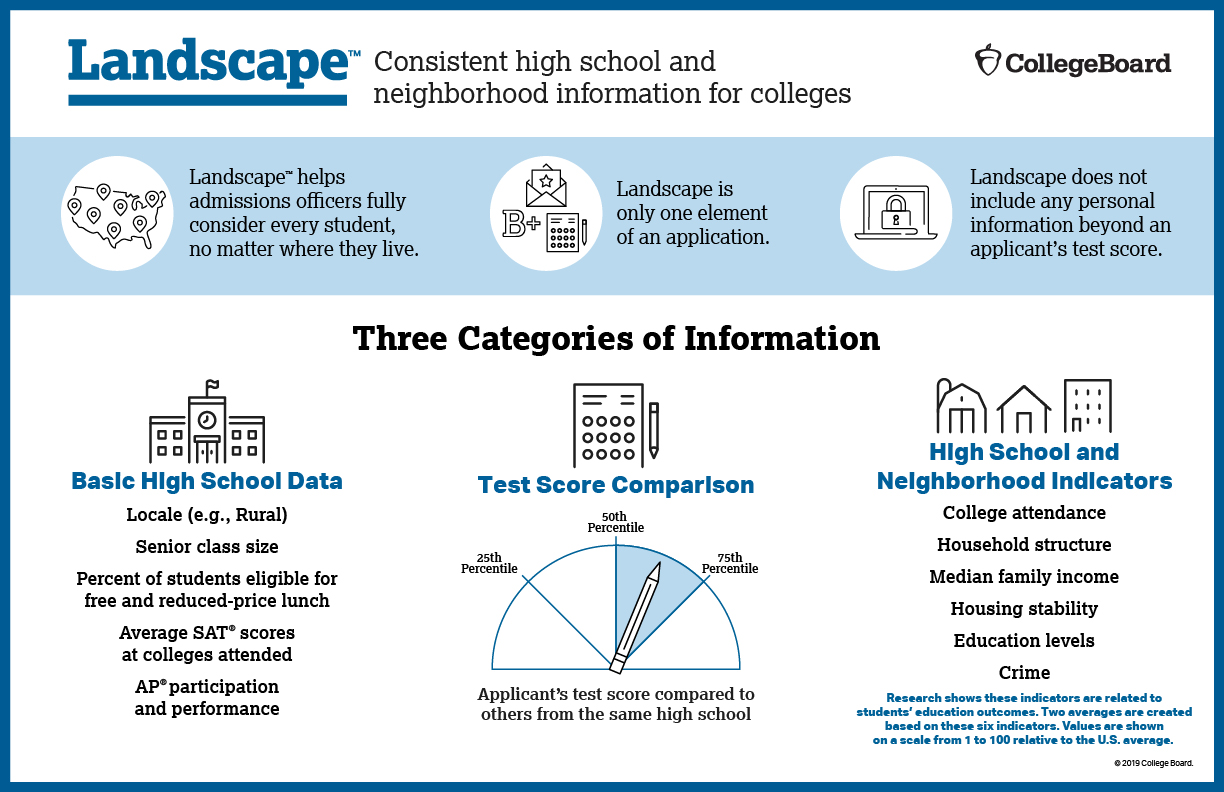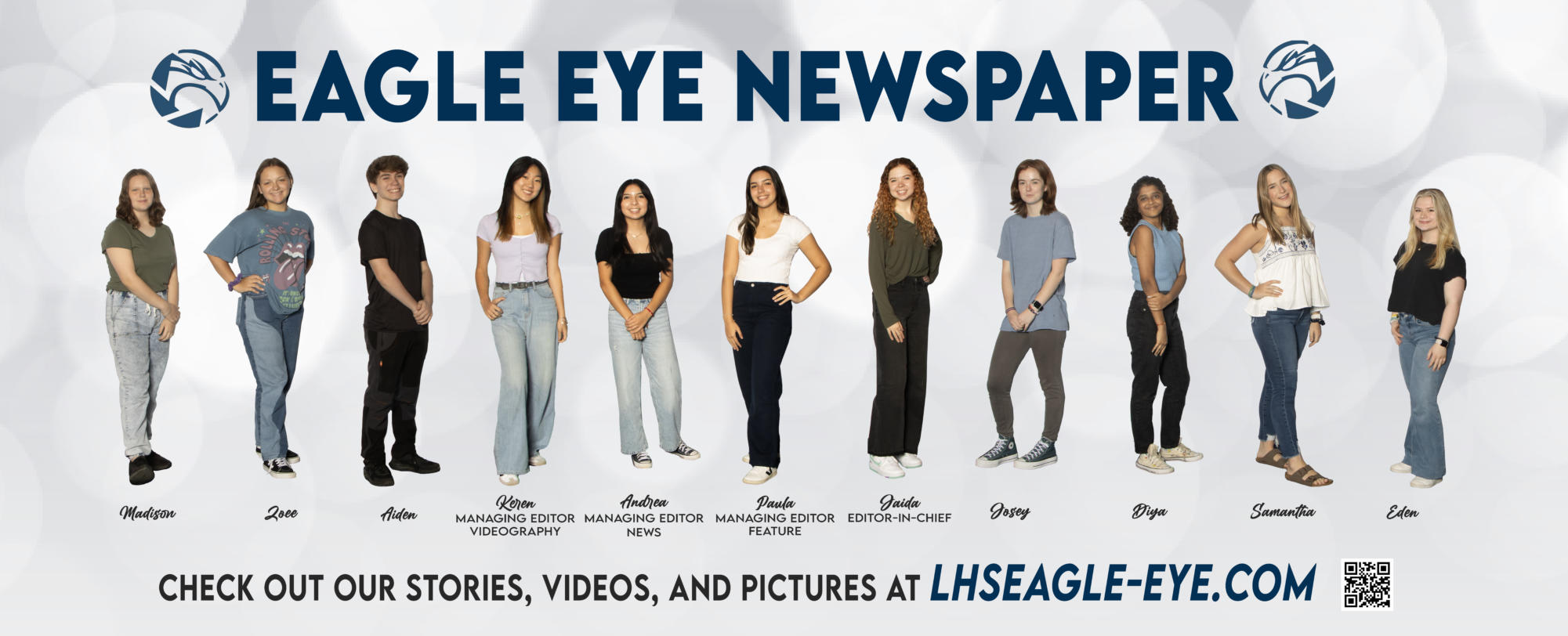The SAT test company, The College Board, is considering a new alternative to adversity scores called Landscape after the College Board ended adversity scoring this fall. Adversity scores would collect info about the background of a student and produce a score dependent on the background while Landscape would produce a percentage based on comparative percentiles based upon one’s household and location.
| PRO SIDE BY CAROLINE | CON SIDE BY PHOENIX |
| The College Board should continue to include Landscape on tests in order to provide the opportunity for larger scholarships and earn recognition amongst colleges despite the amount of poverty and discrimination a student may face.
The proposition of Landscape was brought up so that no student’s potential would be limited based upon something they cannot control. The purpose of Landscape is to fully consider every student despite their area of living, and each college has to follow the specific usage guidelines when viewing applications, so no one applicant is chosen over another due to bias from the person reviewing the documents. It is NOT an adversity score. No student is being treated as a number, so those students who choose to attach it to their application will have their application fully reviewed. Those reviewing the documents also agree to receive training on the appropriate use of Landscape. Therefore, qualified people are reviewing admissions and are qualified to do so. Additionally, there are standards written by the National Association for College Admission Counseling (NACAC) for colleges to follow. Landscape was not put in place for educational bias, but to enable financial support for those who are at a disadvantage economically. Colleges must review the full application, and cannot make choices based upon Landscape alone. Some argue that it violates privacy and it does not actually improve the educational bias, however, that is an adversity’s score job. Landscape is NOT an adversity score. The only purpose Landscape serves is to “level the playing field” by offering percentages. Also students do not have to attach it to their applications. It is left up to the parents and students decision. The scores already have no effect on the actual SAT/ACT scores, so they should be kept so that college admissions officials can look at percentiles based on one’s household, location, and actual scores. The whole point is to work in the applicant’s favor.
|
In attempting to solve for racial and classist biases within the college admission process, a “quick fix” like the Adversity Score or the Landscape report is not the way to go. Evaluating a student on a one to one hundred number (like the adversity score) is not only dehumanizing the student, but it also oversimplifies backgrounds and the student’s life into a single number. Any student that writes essays for college applications can defend that the seventeen to eighteen years before college cannot be summed up into a single page much less a single number.
However, even if someone was to ignore the dehumanization of the number, the adversity score fails in its own purpose. Yale University did a third study to further prove this disparity and they found that African-American students are 3.6 times more likely to be suspended from preschool and this disciplinary inequality is only to further in higher education like high school or college prep. The adversity score, while well-intentioned, not only dehumanizes students and oversimplifies backgrounds but additionally, it fails to meet its initial goal of helping disadvantaged and minority students. Supporters of the Adversity score argue that, even if the argument is true that the scores are flawed, a flawed system is better than no system and we should still use the scores because they are the only thing we have in fighting bias in the college admission process. However, utilizing a flawed system because it is the only system creates a false hope in that those who are victims of bias are shut down because “there is already a system to fight bias”. Similarly, if a worker asked their boss for a new computer mouse because the current mouse is faulty, the boss would argue that the mouse works, even if it works badly, so it is okay. Reform is shut down because the adversity score would exist.
|





















